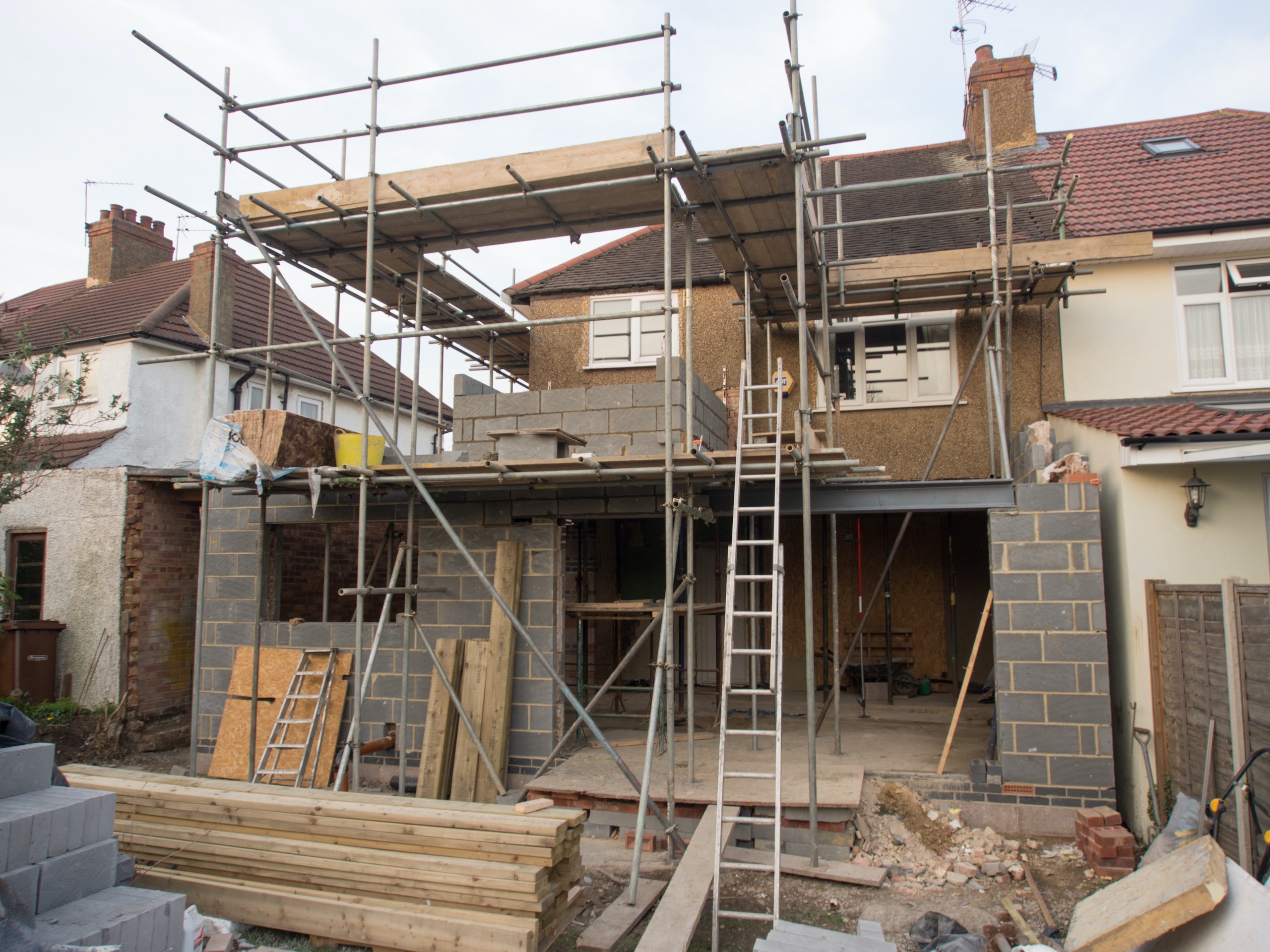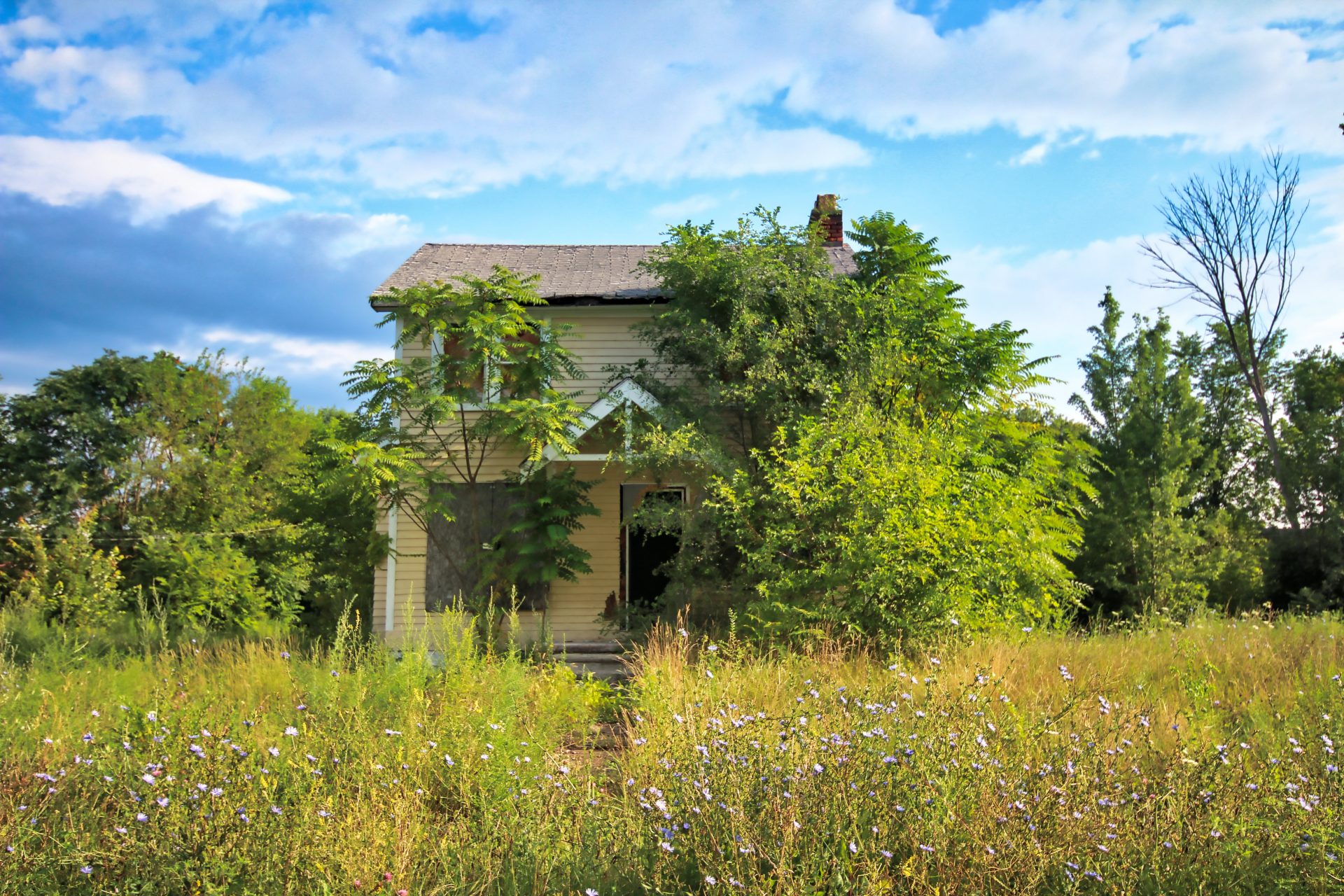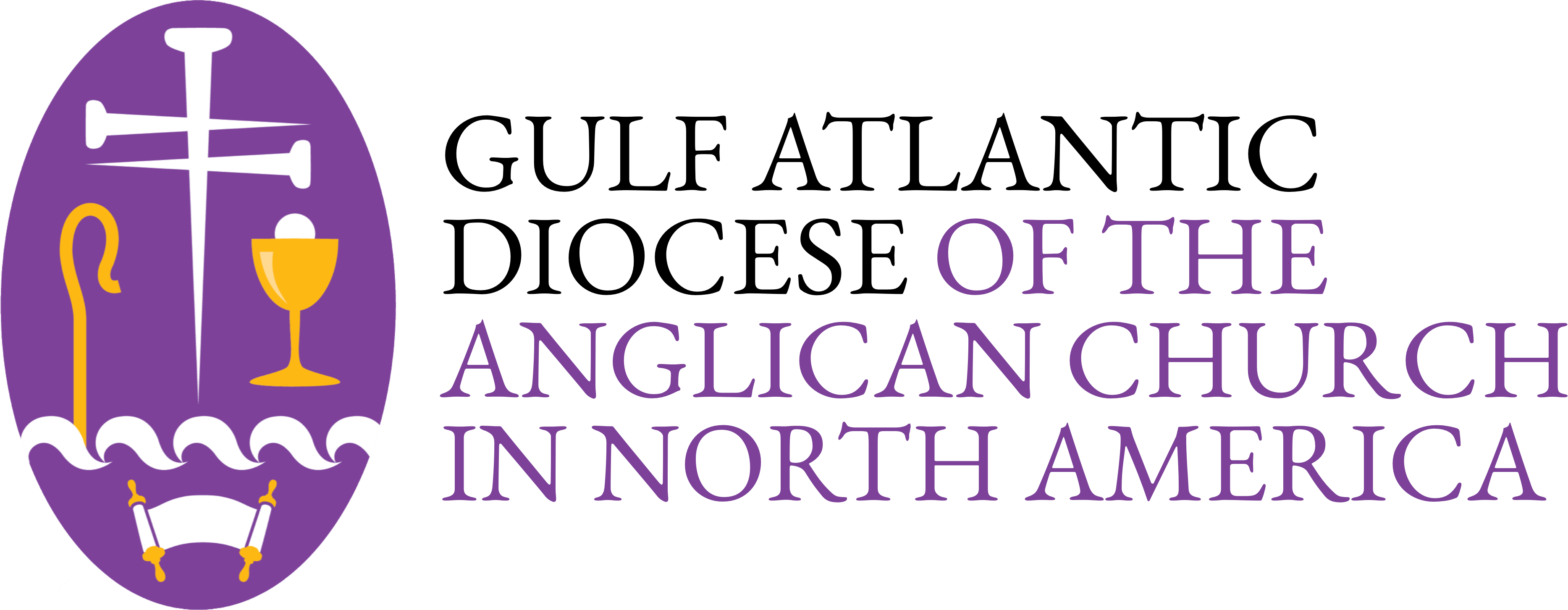
Newsletter Contents
On Sabbath Rest and Re-Creation
No Quick Fixes or Silver Bullets
Araminta 2023 Recap
Soul in the City 2023 Recap
Guatemala 2023 (Christchurch Montgomery)
Summer 2023 Email Safety Tips
Cathedral hosts Workshop on Art and Faith
More from Fr. Mark Eldredge
We Had A Great Easter, So Now What?
Get your Church Healthy and Keep it That Way
When talking about “strengthening existing churches,” it is always good to start out by remembering that there are no quick fixes or silver bullets. If your church is hoping that there is the “one thing” out there that they can do to quickly turn things around, they will be disappointed because, unfortunately, it doesn’t exist! The truth is that change takes time.
Another truth when it comes to church revitalization is that the longer a church has been plateaued or declining, the longer it will take to get it healthy and growing again. The church didn’t get to where it is overnight and it won’t turn around overnight. Turning around is totally possible, however it will just take a lot more effort, especially on the front end, to get things back to health and growth. The good news is though, that over time, once you’ve done the work to become strong in all the vital areas of congregational health, it is easier to keep it going in the right direction.

It’s like if you have a yard that has been neglected for a long time: it becomes overgrown and out of control. It takes a lot more effort at the beginning to get it all back in order and looking nice. But once it’s looking good again, it’s easier to keep it that way.
Many of us in our diocese have, or are familiar with, St. Augustinegrass. It’s good because it is hardy, but it’s also coarse with thick stems linking the blades of grass. It spreads quickly with “runners” that shoot out horizontally. That’s helpful to cover bare spots in your yard, but it also can quickly spread over the driveway and over curbs into the street. It doesn’t take long for it to get out of control and look bad if neglected. When that happens it takes much more effort to cut it back into place. Because its stems are so thick, it can be very frustrating—especially when the line for the weedwhacker/edger breaks or tangles for the fifteenth time in the heat of the summer! I speak from experience. However, once the grass is cut back and looking nice, it hardly takes any effort to keep it that way… as long as you don’t neglect it again.
If your congregation has been plateaued or in decline for a while be prepared to have to put in more effort on the front end of your revitalization efforts. It can feel like it’s taking a long time or that you’re not seeing the growth results you want fast enough. It can get frustrating. However, if you stay at it and keep working faithfully on being healthy in all five vital areas, you will eventually get there and you will grow. And once you get there it takes much less effort to keep it healthy and growing – as long as you don’t neglect it again.
When I first started the revitalization process as a new rector, I expected it to be hard for at least the first five years. But I knew I was committed to being there beyond that to see the process through. And I knew that when we got to a healthy place it would be worth it. To keep myself encouraged I would often think about the difference between a mushroom and an oak tree. A mushroom grows fast but it is weak and doesn’t last long. An oak tree takes a long time to grow but it is solid and lasting. I would just remind myself that I wanted our local church to be an oak tree church and not a mushroom church! My other favorite “go to” thought in the slow or harder times was Chuck Yeager’s quote, “Just before you break through the sound barrier, the cockpit shakes the most.” I never wanted to quit and miss the good stuff that comes after the breakthrough! (Chuck Yeager was the first pilot to break the sound barrier, for all of you too young to know who he is!)
So, hang in there and don’t give up when it’s hard in the early years of revitalization and miss the good part that will come in time. Remember, God is with you and he is “the God who brings the dead back to life and who creates new things out of nothing.” (Rom. 4:17 NLT) Nothing is impossible with God!
_____________________________________________________________________________
This article was adapted from Canon Mark’s work with the AAC’s Anglican Revitalization Ministries. If you’d like to talk about your church’s growth needs, please reach out to Canon Mark today by email or go to www.churchrevive.org to schedule a call.
Header/Featured Photo Credit
Photo by Brett Jordan on Unsplash
Additional Photo Credits
daniel-tuttle-bcffRyBTgPk-unsplash • Photo by Daniel Tuttle on Unsplash
